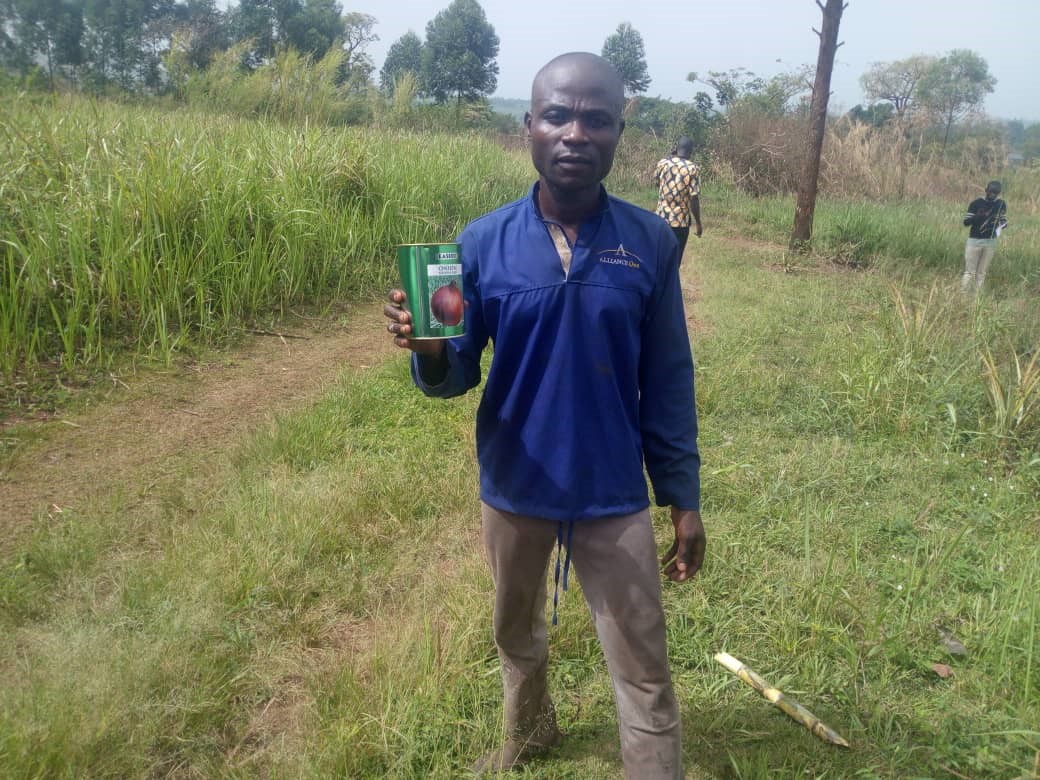Human-Wildlife Conflict (HWC) is one of the biggest problems faced by farmers living in proximity to the chimpanzee habitat. The Chimpanzee Trust is implementing a project to mitigate the effects of this conflict, brought on by man’s destruction of wildlife habitat. This is in the areas around Bugoma Central Forest Reserve in Western Uganda. Bugoma is home to over 650 wild chimpanzees and a host of other indigenous flora and fauna. The project, funded by the UK Aid’s Darwin Initiatives program, is working with 32 villages surrounding the Bugoma CFR.
The project will empower the communities in this area, to set up Agro-enterprises resilient to the effects of wildlife and build financial reserves, in organized community-based farmer groups, to sell their produce collectively, to add value and to cover losses that may be caused by HWC.
As part of the activities, Chimpanzee Trust in March distributed planting seeds for non-palatable crops like soybean, ginger, Irish potatoes onions and live fence to farmers affected by HWCs in 10 select villages of the Bugoma Landscape, since the majority of households in western Uganda rely on agriculture as their primary livelihood occupation, of which 79% carry out subsistence agriculture.
Over 183 farmers are beneficiaries of the project through growing of the non-palatable crop.
Among these; 38 received seed for establishing ginger gardens, 11 received seed for onion gardens, 41 are set to plant gardens of Irish potatoes each, and 27 farmers establishing gardens of soybeans.
Furthermore, 66 of the farmers are currently piloting Kie Apple live fence planting as a wildlife deterrent measure to reduce wildlife access to gardens with crops.

